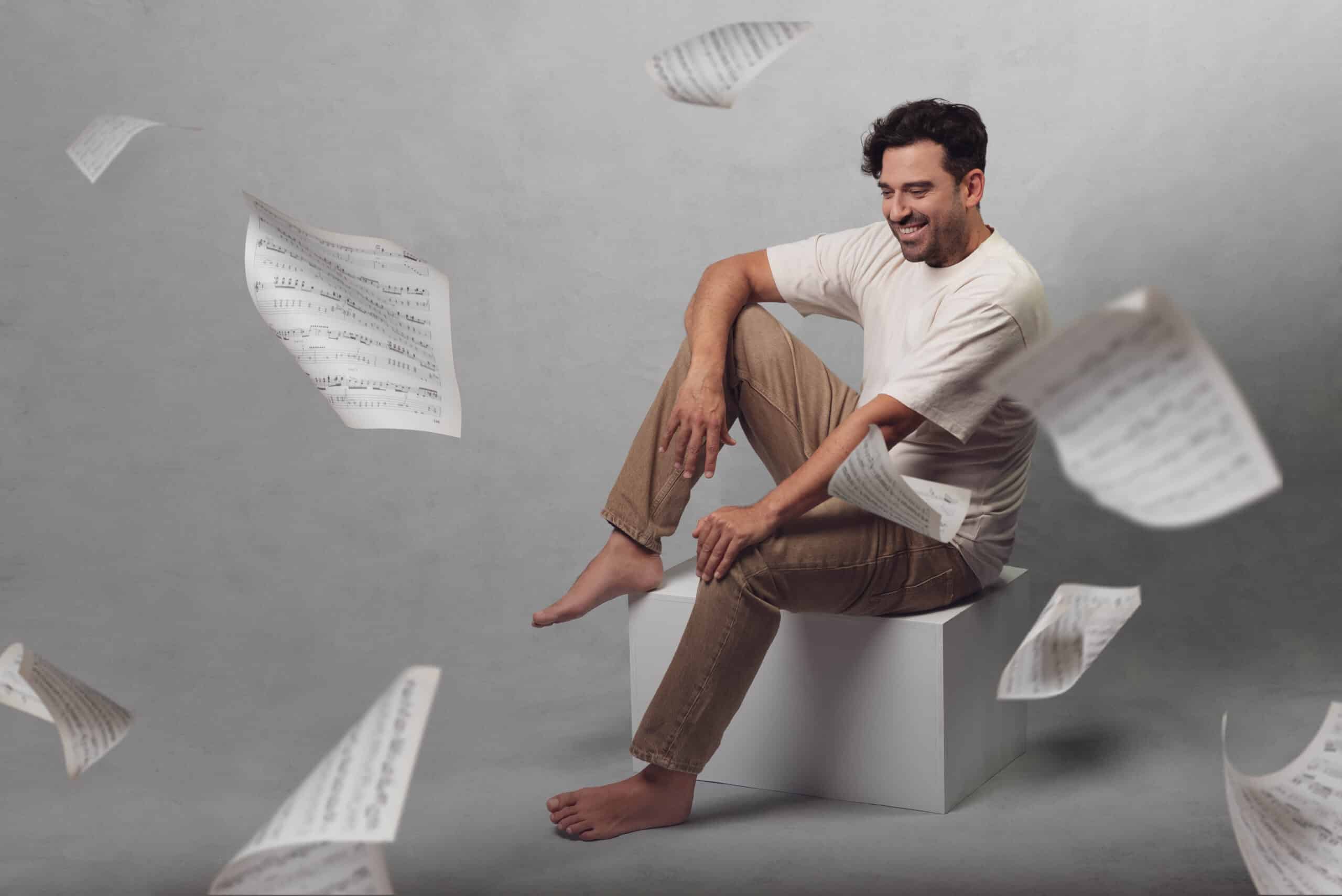
Piano Lessons
Teaching makes you a better player and overall artist
Piano Lessons
For more than two decades I have been teaching piano lessons to students of all ages. From learning simple songs and melodies to more complex piano works, I am trying to transmit them the mindset of a complete musician. Above all techniques, theory aspects and repertoire is to enjoy playing the instrument. Below you can see an overview of the topics at the three main levels.
Beginner Level
At the beginner level, piano students focus on building foundational skills and developing a basic understanding of music. Key areas of learning include:
Technique
•Proper posture and hand position at the piano.
•Understanding finger numbers and basic hand coordination.
•Simple exercises to build finger strength and independence.
•Playing with both hands together on simple pieces.
Repertoire
•Simple melodies and beginner-friendly pieces, often using one hand at a time.
•Familiar songs to encourage confidence and recognition.
•Introduction to easy two-hand pieces with basic harmony.
Music Theory
•Understanding the keyboard: learning the names of the notes and their positions.
•Introduction to the musical staff: reading treble and bass clefs.
•Learning note values (whole, half, quarter etc)
Intermediate Level
At the intermediate level, piano students typically focus on building technical skills, musicality, and repertoire complexity. Key areas of learning include:
•Technique:
•Scales, arpeggios, and chord inversions in multiple keys (major and minor).
•Introduction to more advanced techniques such as hand independence, legato and staccato control, and dynamic expression.
•Refinement of finger strength and dexterity.
•Repertoire:
•Intermediate classical pieces (e.g., works by Bach, Mozart, Beethoven, or Chopin).
•Expanded genres, such as light jazz, contemporary, or popular music.
•Learning pieces with more complex rhythms and faster tempos.
•Music Theory:
•Deeper understanding of key signatures, intervals, and chord progressions.
•Analysis of the structure and harmony of pieces.
•Basic improvisation and composition skills.
•Expression and Interpretation:
•Developing phrasing and emotional interpretation.
•Working on articulation and subtle dynamic changes.
•Beginning to use pedal techniques effectively.
•Sight-Reading and Ear Training:
•Progressing in sight-reading accuracy and speed.
•Training to recognize intervals, chords, and melodies by ear.
Advanced Level
At the advanced level, students refine their artistry, technical mastery, and performance abilities. Focus areas include:
•Technique:
•Advanced scales and arpeggios, including four-octave runs and variations in dynamics and articulation.
•Mastery of advanced techniques, such as rapid octave playing, trills, and intricate finger work.
•Exercises for endurance and precision, such as those in Hanon or Czerny.
•Repertoire:
•Advanced classical pieces (e.g., concertos, sonatas, and études by Chopin, Liszt, Rachmaninoff, or Debussy).
•Complex and virtuosic works across different styles and periods.
•Preparing for competitions or recitals with polished, professional-level pieces.
•Musical Interpretation:
•Deep focus on emotional expression and storytelling through music.
•Understanding stylistic nuances for different composers and periods.
•Mastery of rubato, advanced phrasing, and pedaling techniques.
•Performance Skills:
•Building confidence for live performances or exams.
•Learning stage presence and managing performance anxiety.
•Recording and analyzing one’s own playing for further improvement.
•Theory and Composition:
•Advanced harmonic analysis and counterpoint.
•Experimenting with complex improvisation and original compositions.
•Transcription and arrangement of music.
•Sight-Reading and Ear Training:
•Ability to sight-read highly complex pieces.
•Advanced ear training, including identifying modulations and transcribing intricate melodies or harmonies.
Advanced piano students often work towards mastery and performance artistry, with the goal of developing their own unique musical voice.
